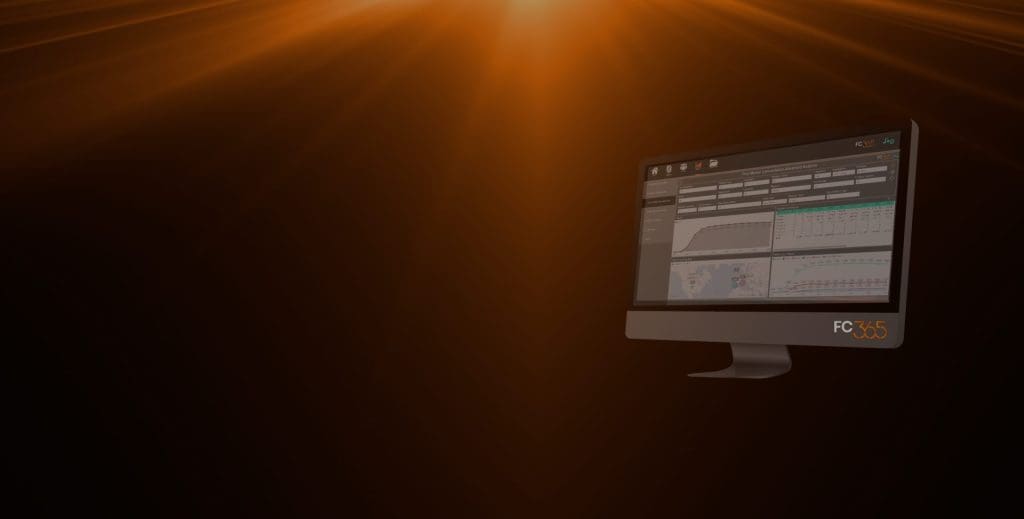How do you forecast sales in pharmaceuticals?
Forecasting sales in the pharmaceutical industry involves a systematic approach that takes into account various factors. Regardless of the specific forecasting method used, it is important to always follow best practice principles – defining the market, identifying trends and events, and converting the forecasted data. However, when it comes to sales-based forecasting, there are some unique considerations.
- While future events and conversion inputs also contribute to the final forecast, historical data is typically the main driver. This data is vital for generating accurate and reliable sales forecasts. Unlike other approaches like epidemiology or patient flow methodologies, which rely on multiple inputs, often from different sources, sales-based forecasting heavily relies on a single data source – historical sales data. Therefore, having reliable and robust historical sales data is essential, especially when forecasting the broader market. The specific measure used in this approach can vary, including historical units sold, days of therapy, number of patients, or revenue generated.
- Once a solid historical data source is established, the next step is to trend the data. Trending provides a baseline forecast – an estimation of future demand based on historical demand. However, this baseline does not account for future events that can impact sales. Any future events need to be considered to refine the sales projection. For example, new product launches, generic competition, patent expirations, or changes in administration methods. These events are overlaid onto the baseline forecast to adjust and adapt the trend accordingly.
- Eventing can also be a useful tool when exploring different scenarios or ‘what if’ situations, making your forecast instantly adaptable and dynamic to the requests of other stakeholders. By incorporating future events in a sequential and transparent way, the forecast gains insights and expectations about changes in sales projections. For instance, the introduction of new products, formulations, or license extensions can significantly impact sales. These factors contribute to telling the story behind the adaptations and modifications made to the baseline trend. The forecasted sales projection is then adjusted to account for these future expectations in the market.
- Finally, after incorporating future events, the forecasted data is converted into the final required outputs, typically measured in units, packs, gross/net revenues, and other relevant metrics. This conversion allows for a clear representation of the forecasted sales outcomes.

‘What if’ there was a way to make scenario analysis quick and easy
Carrying out ‘what-if’ analysis is a way for key stakeholders in forecasting to immediately explore the impact of changing key assumptions and ultimately make better decisions. FC365 makes this easy.
The importance of data within sales forecasting.
When forecasting sales in the pharmaceutical industry, several factors are taken into consideration to ensure accurate and relevant results. One of the key factors is the source of data being used for your forecasting.
For internal brands, the data typically comes from internal sources since companies have access to information about their own sales. However, when forecasting the entire market or considering the wider competitive set, data may be obtained from external sources.
The choice of data source is crucial as it impacts the accuracy and comprehensiveness of the forecast. There are several possible factors driving this choice – coverage of the data; how often it is updated; the methodology used to generate the numbers, and so on. If there is a change in data providers, it is necessary to acknowledge the shift and recognize its potential impact on the forecast.
Another consideration when analysing the data is whether it covers the relevant factors for accurate forecasting. For instance, it is essential to determine if the data includes information about both retail and online sales. Additionally, the data should allow for a granular analysis of specific indications. Since pharmaceutical brands can be used for various indications, it is valuable to have access to data that provides a breakdown by each indication to forecast them separately. Ensuring comparability between the brand being forecasted and the wider market is another aspect to consider. For example, when discussing units, it is important to clarify whether it refers to individual tablets or packs.
It is crucial to use data that accurately represents the market and the specific indications being forecasted. To address potential pitfalls in the data, it is essential to thoroughly review and pressure test the historical data. This involves understanding how the data has been compiled, what it covers and does not cover, as well as its strengths and weaknesses. This also includes the concept of ‘data cleaning’.
Once you are happy with the source of the data, reviewing it for inconsistencies or anomalies is also important, for example, structural breaks or outliers. By conducting a comprehensive analysis of the data source, any necessary corrective actions can be taken to ensure its relevance for inputting into the sales forecast.
How accurate are sales-based forecasts?
The accuracy of forecasts for pharmaceutical products depends on several factors, including the stability of the market, the timeframe being forecasted, and the availability/quality of historical data. Sales-based forecasting tends to be more accurate in relatively stable markets where forecasts are focused on the short term, typically spanning one to two years.
Analysing historical sales patterns can help to increase the accuracy of the forecasts, providing a solid foundation for projecting future sales. When the market conditions are stable and predictable, sales-based approaches can yield accurate results, especially for inline forecasting of existing brands.
On the other hand, for products that are still in the development stages, such as assets in clinical trials or those with launch dates several years ahead, sales-based forecasting may not be the most suitable approach. Future events and uncertainties associated with long-term projections make other methodologies like epidemiology or patient flow forecasting more appropriate. These approaches consider a broader range of inputs and are better equipped to handle long-range forecasts, providing more accurate results over extended timeframes.

Our great suite of forecasting software just got better!
Sales+, part of the FC+ family, has had an exciting development – unique Auto-trending functionality has been added to the existing features.
Sales forecasting for better business decision making.
By providing insights into future sales trends and patterns, sales forecasting enables pharma companies to make informed decisions across various aspects of their operations.
By comparing forecasted sales figures with the actual sales data, companies can identify any discrepancies and understand the reasons behind them. This analysis helps in refining the forecasting process and improving its accuracy over time. It also allows companies to investigate the factors contributing to variations and make adjustments accordingly.
Sales forecasts can also be a useful aid/reference for setting sales targets for teams. By aligning the forecasted figures with desired performance levels, companies can establish achievable targets that guide and motivate the sales force. Sales performance then helps in evaluating the effectiveness of sales strategies and initiatives.
Furthermore, by breaking down the sales forecast into specific time periods and considering factors like seasonality, companies can align their production capacity with the expected demand. This ensures that sufficient inventory is available when needed, optimizing resource allocation and minimizing shortages or excesses. For example, if the forecast indicates a surge in demand for hay fever pills during summer months, production teams can plan and allocate resources accordingly to meet the increased production requirements. Thus avoiding the costly consequences of under or over forecasting.
Ultimately, the accuracy of the sales forecast directly impacts the quality of business decisions. A more accurate forecast provides a solid foundation for decision-making, enabling companies to allocate resources effectively, plan marketing and promotional activities, optimise inventory management, and streamline operations.
Additionally, analysing discrepancies between forecasted and actual sales helps companies continually learn from past experiences and make improvements in their forecasting processes, leading to more accurate and reliable forecasts in the future.
About Sales+ forecasting software
Sales+ software has been specifically created for anyone involved in pharmaceutical forecasting, to help them to produce more accurate trend-based forecasting models.
Part of the FC+ software suite, Sales+ incorporates specific pharmaceutical functionality, such as data phasing and in-market to ex-manufacture conversion and is built upon forecasting best practice principles.
Not already a Sales+ user? Get in touch to find out more about the FC+ suite of addins and arrange a free demo.
Speak with an expert.
Author: Kris Barker

Senior Implementation Director at J+D Forecasting. Extensive expertise in both forecasting and quantitative and qualitative market research projects across multiple therapy areas, gained over the last 15 years.



